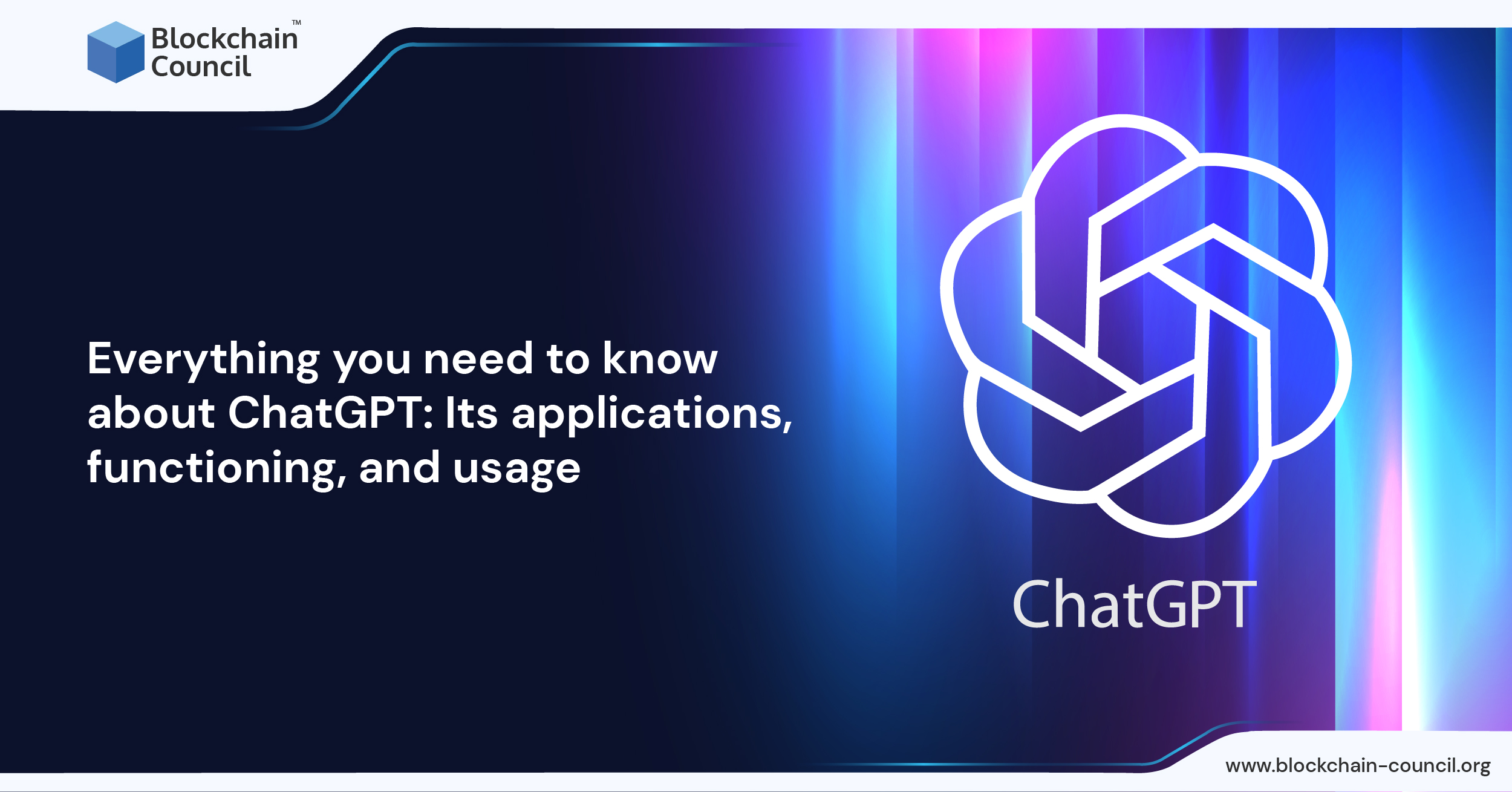
- Blockchain Council
- March 22, 2023
Overview
It’s been a long time since some tech words other than Web3, Blockchain, Metaverse, NFT, and Cryptocurrency have been in the air. ChatGPT is the new buzzword in the room that has taken the internet by storm. In its initial two weeks of launch, it has been called a potential ‘replacement’ for the world’s largest search engine ‘Google.’ Is it a chatbot that can be used to get the daily day-to-day activities done and seek answers just like we do with other millions of AI-based chatbot applications? Let’s find out with this article where we will discover the reality of this internet obsession on the talk of the town; Elon Musk owned OpenAI’s ChatGPT.
Let’s get started!
Introduction to ChatGPT
For Starters, ChatGPT is an artificial intelligence-powered chatbot system designed and developed by OpenAI, owned by Elon Musk, and has market leaders like Microsoft on board as investors. It was released in November to test and boast the immense capabilities of crucial technologies like artificial intelligence and machine learning and what they can achieve in the coming future. It is as helpful as a ‘therapist’ but can also perform tasks like ‘debugging’ and ‘writing’ a poem. But how useful is it in real life and worth the hype? That’s a question we need to discuss. Ujet, a company that sponsored a survey on 1700 residents of the United States, stated in the report that 72% of them found chatbots to be ‘time-killing.’ At the same time, in businesses like E-Commerce, where a machine can be taught certain frequently asked questions or queries regarding business inquiries, sales, and customer service, Chatbots are the priority of businesses, considering the number of resources saved on these routine and repetitive tasks. ChatGPT has done a remarkable job finding its audience, as more than 1 million users have used it to test its abilities considering that it is indirectly a product of Musk.
Let’s look at the GPT model and how it functions to understand the real potential of ChatGPT.
What is GPT?
GPT is the abbreviated form for Generative Pre-trained Transformer. It is a language model built on quantifiable programming that uses word grouping. It can produce an artificial intelligence-composed text unique from what a human can create in segments, sentences, articles, talks, brief tales, and verses for a poem. The AI-based language program was developed by OpenAI, founded as a non-profit organization in 2015. The program is trained to follow instructions as a prompt and produce a detailed answer as the response. It is as simple as using a chatbot to feed the query as a prompt, and the answer will be automatically produced without helping it understand the whole context. The recent announcements of ChatGPT by OpenAI use the third iteration of GPT, known as GPT-3.
How does GPT3 function?
GPT 3 are deep learning models trained to produce text as a response similar to human-written texts. The idea was first published in the paper “Attention Is All You Need” as the ‘transformer architecture’ and has since become a popular choice for natural language processing tasks. According to OpenAI, the model is trained using RLFH to refine the responses’ tuning and conversational tone. RLFH stands for reinforcement learning from human feedback, and it represents the computational abilities of the model to learn from the sentiments of the human responses it gets. It functions to train the model accordingly and helps it learn from its mistakes in computational abilities.
Why are GPTs better?
One of the key benefits of GPTs is that they can be fine-tuned for a wide range of specific natural language processing (NLP) tasks, such as language translation, language generation, and text classification, by training them on large amounts of labeled data for those tasks. This allows GPTs to achieve state-of-the-art results on many NLP benchmarks, and they have been widely adopted by researchers and industry practitioners alike. One of the reasons that GPTs are so effective is that they are “pre-trained” on a large corpus of unstructured text data, such as books or articles, before being fine-tuned for a specific task. This pre-training allows the model to learn more about language structure and patterns, which can be fine-tuned for a particular task. In summary, GPTs are a powerful tool for NLP (natural language processing) tasks because they can be fine-tuned for a wide range of specific tasks, and they can achieve state-of-the-art results due to their ability to learn about the structure and patterns of language through pre-training on large amounts of unstructured text data.
Limitations of GPTs
Despite their impressive capabilities, GPTs do have some limitations that it is important to be aware of:
GPTs are not able to generate completely original ideas or concepts. They can only generate text based on the information they have been trained on and the input provided.
The quality and coherence of the generated text depend on the specific GPT model and the quality of the training data used to train it. The generated text may be difficult to understand if the training data is of low quality or contains errors, the generated text may also be difficult to understand.
GPTs can be prone to biased output if the training data contains biased language or representations of certain groups. It is important to be aware of this and take steps to mitigate bias in the training data.
GPTs require many computational resources to train and use and can be expensive to implement at scale.
GPTs can only sometimes capture the subtleties of human language, and they may struggle with tasks that require a deeper understanding of context or meaning.
Is ChatGPT capable of overcoming Google?
No, the flat answer to this question. Google has been collecting and feeding data to its model for years, and the amount of data it has provided is immense, whereas, even if ChatGPT starts its journey today, it will take years for the model to gather and learn from the responses. So, it won’t be replacing Google for some time now, but the CEO of OpenAI, Sam Altman, stated that the GPT-3 model is getting a bit more recognition as it is just a glimpse of what they are planning to achieve with AI and ML in the coming years.
References
https://www.forbes.com/sites/karlmoore/2022/12/14/leverage-generative-ai-workplace-tools-with-semantic-research/?sh=74fc5e33771e
https://www.cnet.com/tech/computing/chatgpt-why-everyone-is-obsessed-this-mind-blowing-ai-chatbot/
https://en.wikipedia.org/wiki/ChatGPT
https://www.ft.com/content/2e97b7ce-8223-431e-a61d-1e462b6893c3
https://www.genei.io/blog/what-is-gpt-3-and-why-is-it-important
https://www.livemint.com/technology/tech-news/explained-what-is-chatgpt-how-it-works-and-can-it-replace-humans-11670244352183.html
https://insights2techinfo.com/generative-pre-trained-transformer/

































































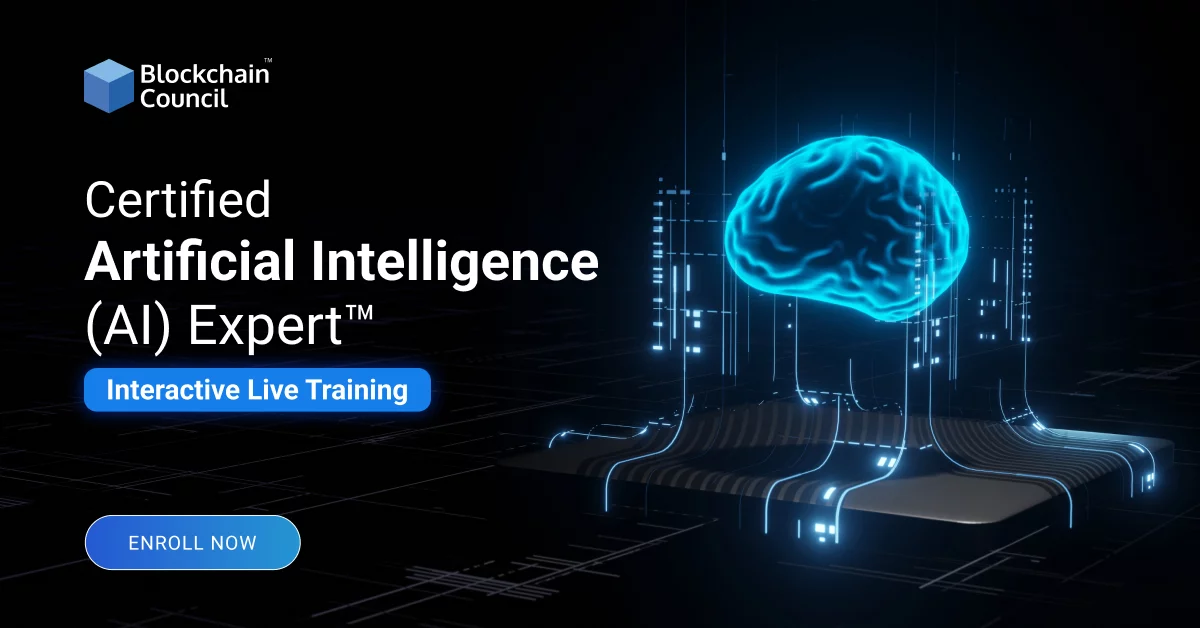
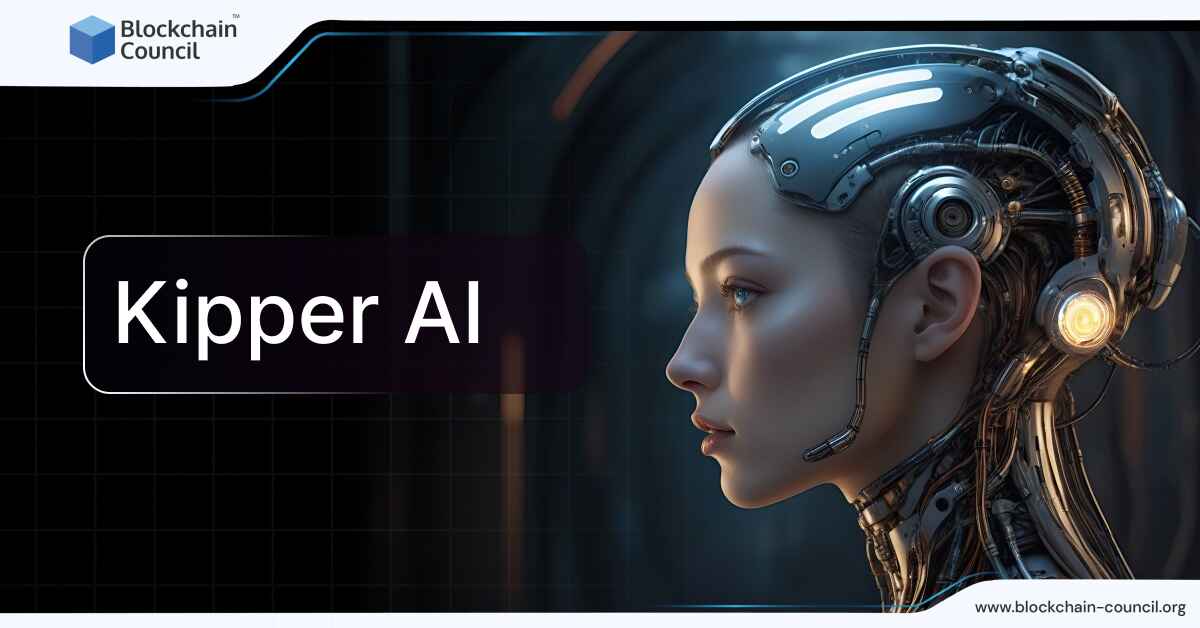
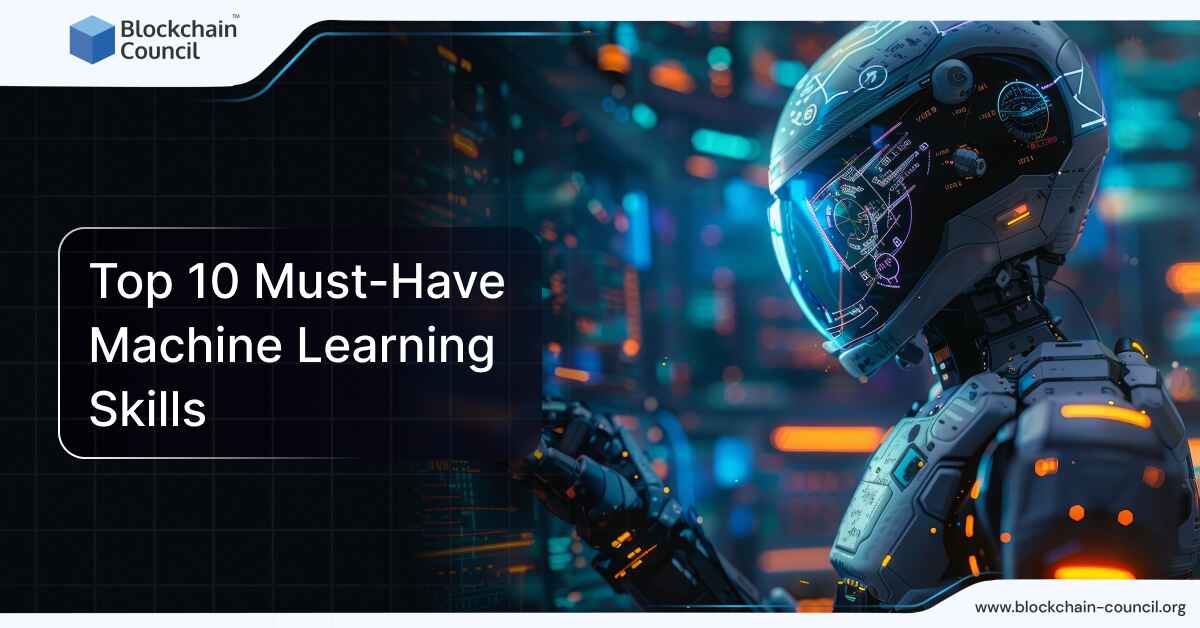
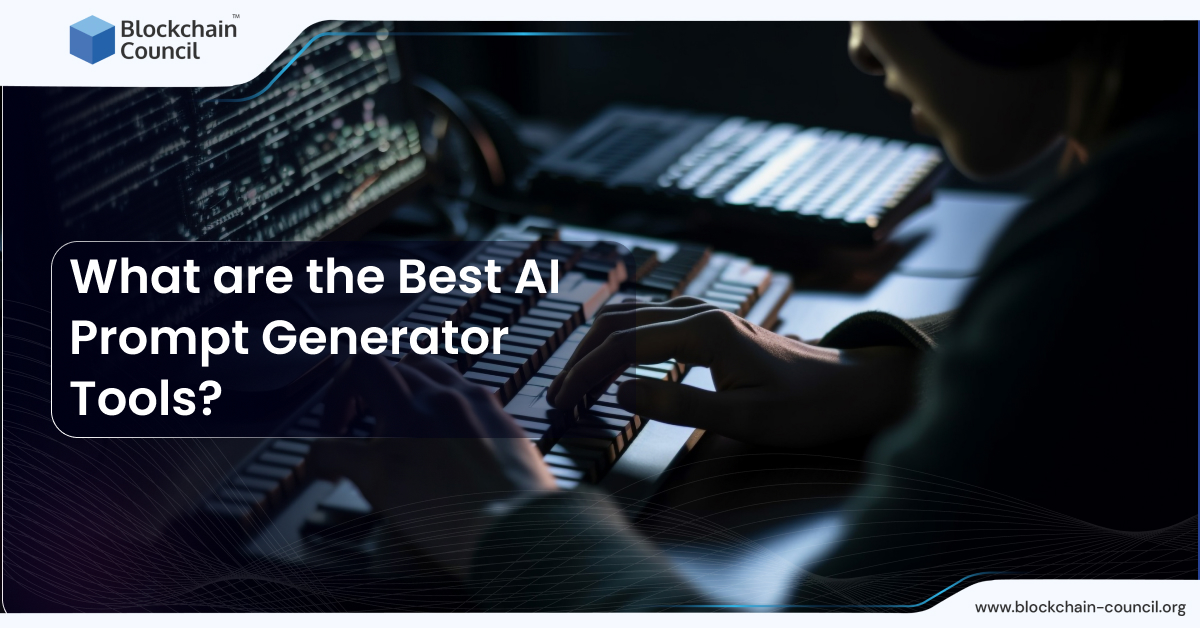
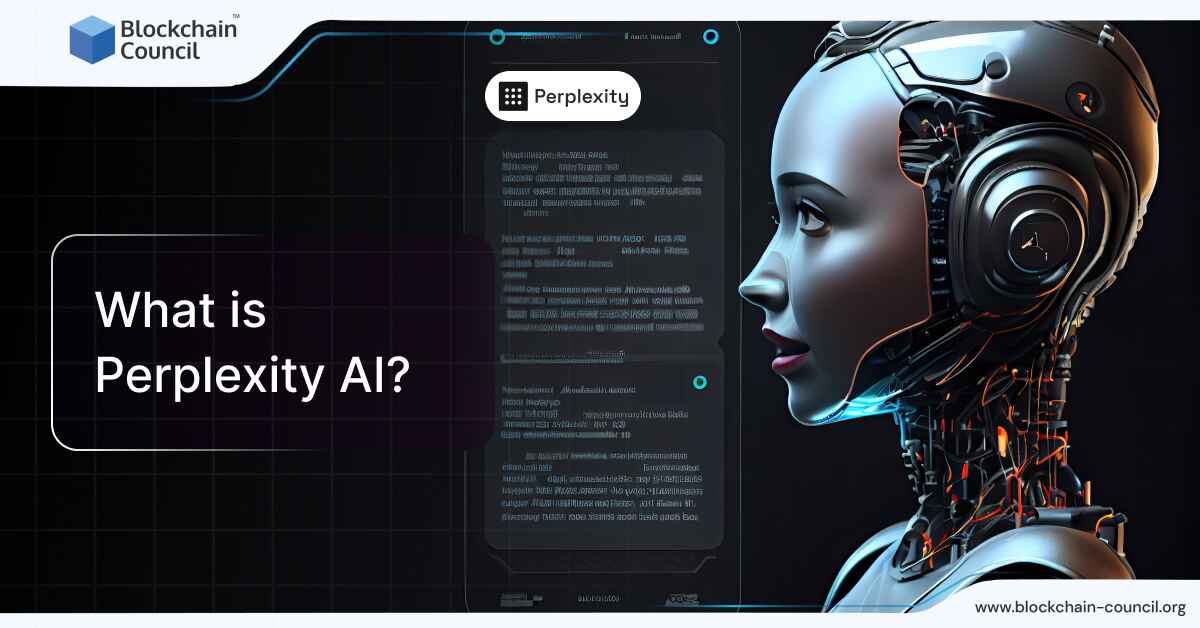
 Guides
Guides News
News Blockchain
Blockchain Cryptocurrency
& Digital Assets
Cryptocurrency
& Digital Assets Web3
Web3 Metaverse & NFTs
Metaverse & NFTs
